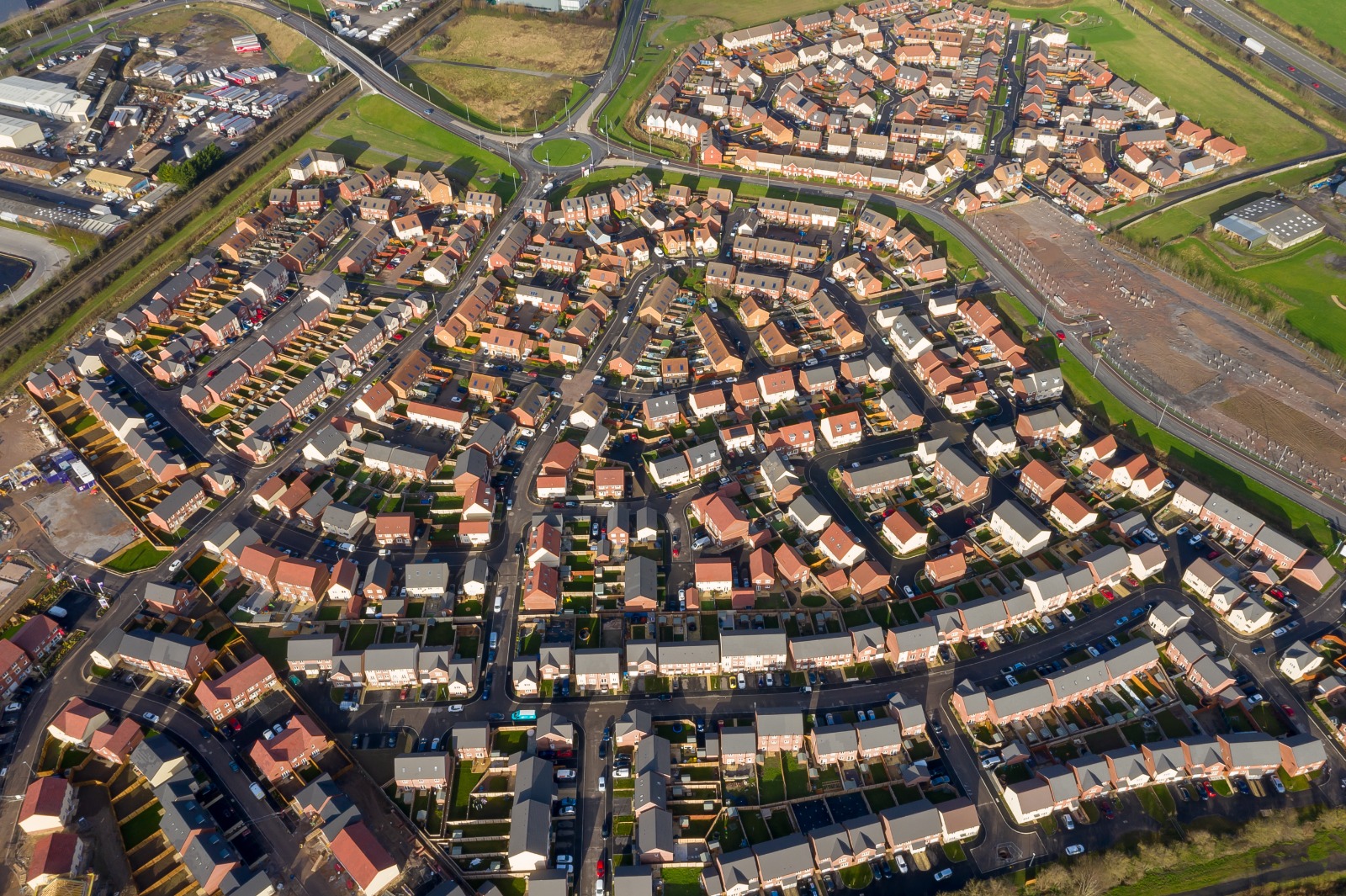As we look ahead to a post-pandemic world, a dialogue needs to be opened about the need to remove toxic materials from housebuilding and construction, says Chris Mortensen, COO of Modulous
Long before it was dealing with Covid-19, America’s CDC was issuing warnings about lead paint in toys which, although banned here in 1978, continued to lurk on the shelves for decades to come. Nowadays, toys have been swapped for screens and ad campaigns in the 1980s about the dangers of sniffing glue have largely sunk in.
However, as we look ahead to a post-pandemic world, a dialogue needs to be opened about the materials used for constructing new housing and the potential impact these could have on our health. While lockdowns will hopefully soon be a memory, we will surely be spending more time at home compared to any other time in recent history.
It is therefore somewhat perverse that, while we rightly focus on climate change and more recently on fire life safety, there is very little discussion being had around healthy materials. A sustainable future surely includes the use of healthy materials to protect both the people of today and the people of tomorrow.
‘Worst in class’ materials and chemicals
The housebuilding industry, as it has done for the last 100 or so years, continues to use common materials in construction that contain chemicals on the “Red List”, a watch list of “worst in class” materials and chemicals that are known to present significant risks to the occupant’s health.
Many of these have the potential to release chemical compounds into the air that will significantly compromise air quality in the environment. Included on the list are chemicals such as formaldehyde, which is common in composite wood products (plywood, cross laminated timber) and PVC, one of the most widely used plastics in buildings – commonly used in windows, flooring and cladding.
Another such example where this is especially true is with materials that have high levels of volatile organic compounds (VOCs) – such as plastics, adhesives, glues, and paints.
Take paint, one of the biggest culprits in an unhealthy home, as an example. Walls, ceilings and woodwork are covered with the stuff and home-makeover television shows have normalised the idea of redecorating a room or two over a DIY weekend. Yet, colour aside, how many of us give much thought to what we are splashing on to our walls?
Paint requires just three ingredients: a pigment (the colour), a solvent (the bit that makes it liquid), and a binder (which sticks the pigment to the wall). How paint is made has changed little in the past century; what has changed is the source of its components. We have switched from naturally occurring ingredients to derivatives of the petrochemical industry, which, when inhaled, can have serious effects on the body.
But it is not just paint. Initial exposure to all VOCs won’t harm us immediately. However, evidence from the United States Environmental Protection Agency shows, touching and breathing these chemicals over extended periods can have damaging effects by causing respiratory and skin problems, and could potentially cause long-term illness.
Therefore, the housebuilding and construction industries must start working together to eliminate materials that use toxic substances, instead focusing on healthy alternatives with no chemicals of concern such as formaldehyde-free sheathing board or blown mineral wool instead of polyisocyanurate insulation with Halogenated Flame Retardants (HFRs).
Placing innovation at the heart of the materials debate
Looking ahead, there is an urgent need to place innovation at the heart of the materials science debate. But unlike smartphones or cars, we’re creating people’s homes, so it’s important that any advances that are made put consumers first.
A data-driven approach will lead to human-centric designs: tangible outcomes that help us live better. The chemicals industry is a central part of the global economy and is integral to several sectors that have played a major role in improving life expectancy and the quality of life over the past 150 years. However, the health and environmental impacts of most chemicals in circulation, despite their ubiquity, are unknown. For example, an estimated 95 percent of chemicals largely used in construction lack sufficient data on health impacts.
With chemical production estimated to increase at a rate three times greater than global population growth and is expected to double every 25 years, many of these chemicals will be used in construction, so it is essential that we have the data readily available to tell us whether a specific building material or product will have a detrimental effect on a person’s health.
The government’s rhetoric over the last year or so has been that your home is the safest place to be. But what if it isn’t? It’s time we stopped playing around with our health.


















A call to action on toxic materials is absolutely welcome, so thank you for raising it.
However, I feel it needs to go further than just human-centric outcomes and consider whole-planet outcomes; asking whether materials are healthy for animals, plants and everything else we share this world with.
For instance, consider PIR. Good modern material, excellent insulation properties in a slim depth. Absolute disaster when you start sawing it up on-site and the dust and particles go everywhere – so much I learnt when I commissioned some roof and floor insulation retrofits on my house a few years ago, constrained by available depth and not knowing any better (it might be OK in a well-ventilated off-site setting). Birds can eat these particles and starve to death. Living in a wildlife rich area, I consequentially hoovered my garden every day while the PIR works and I think mitigated the problem as I’m still rewarded by profuse garden wildlife visiting – I’ll choose better next time though.